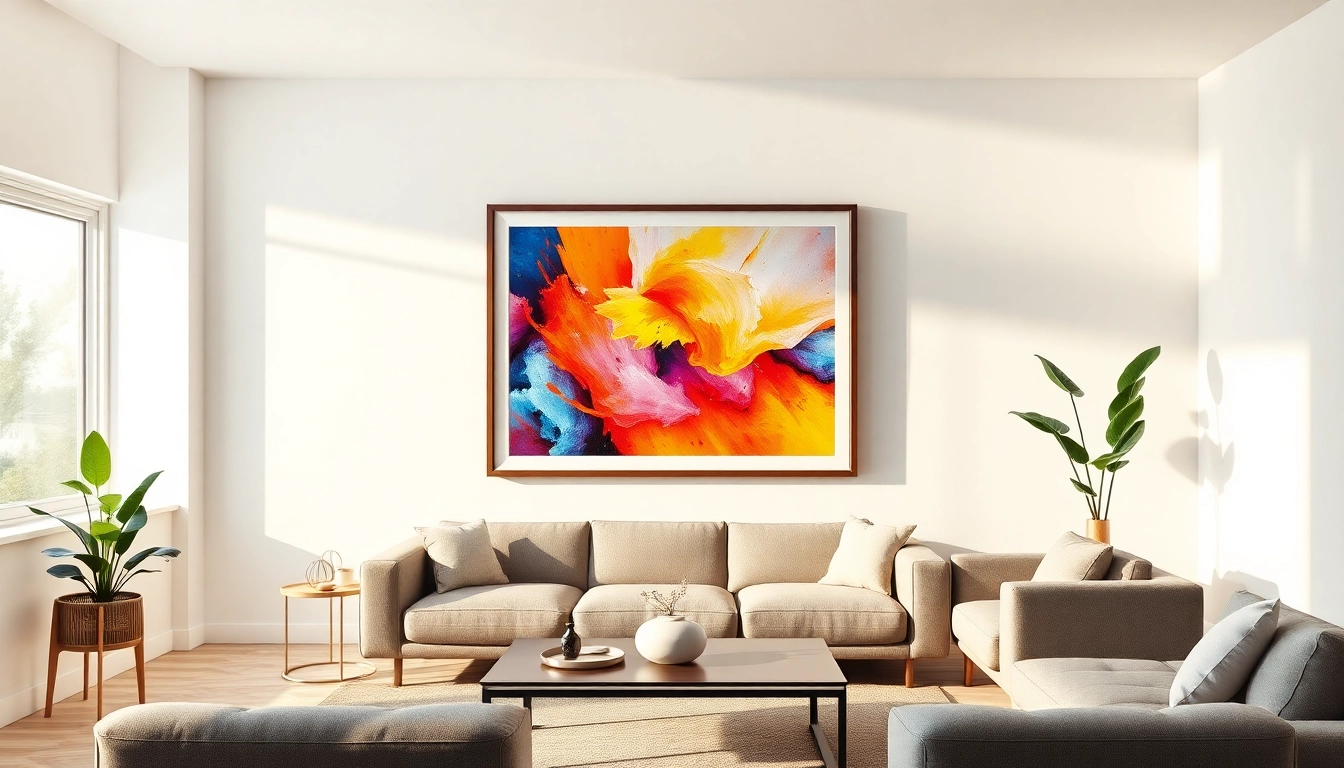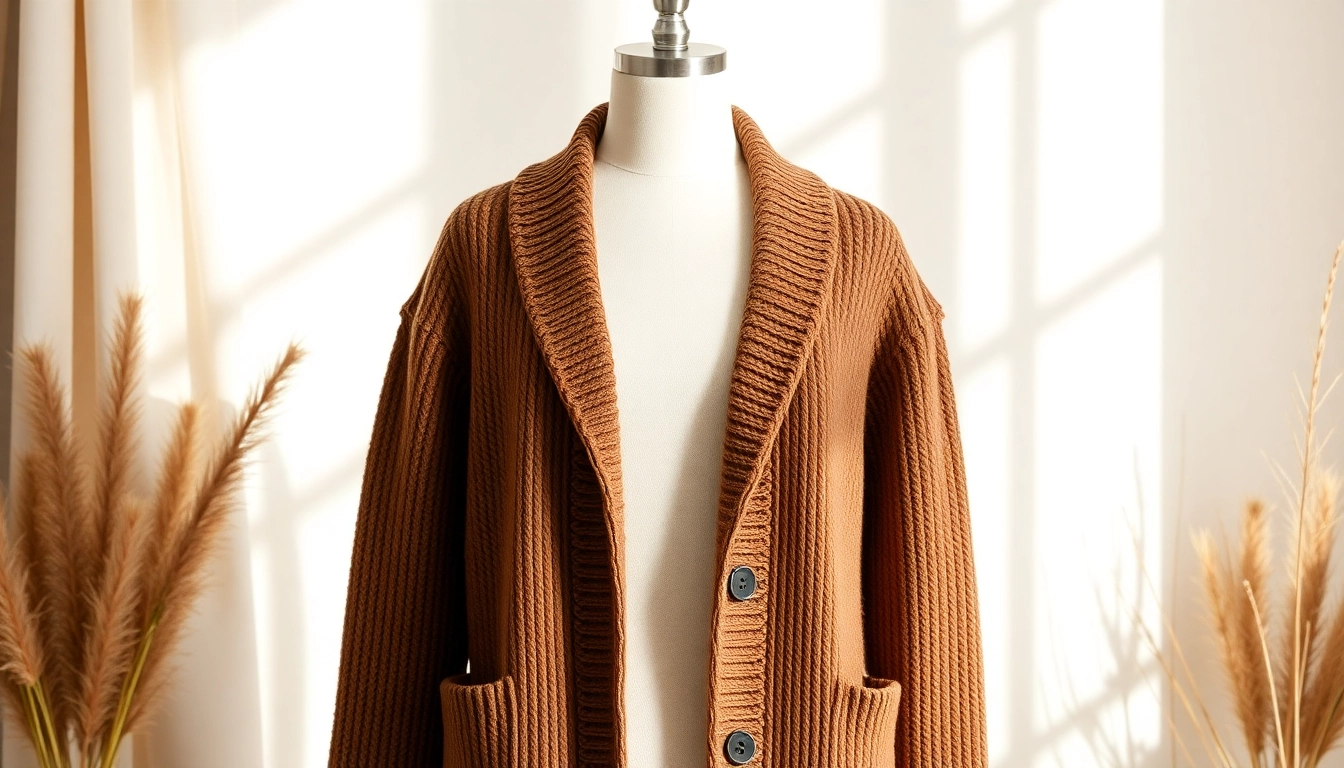Understanding the 24×36 Frame Size
When it comes to framing important memories or stunning pieces of art, selecting the right frame size is crucial. The 24×36 frame is one of the most versatile sizes available, renowned for its ability to accommodate various artworks, photographs, and posters. Whether you’re decorating your home, office, or a special event, this size strikes an appealing balance of visibility and aesthetics. Here, we explore what makes this frame unique, its common uses, as well as how to choose the right matting and glass options.
What Makes a 24×36 Frame Unique?
The 24×36 frame dimensions translate to 2 feet by 3 feet, giving it sufficient surface area to showcase images without overpowering the surrounding decor. This frame size offers an edge in terms of display: large enough to capture attention yet manageable in a variety of spaces. Frames of this size can come in an array of styles and materials, catering to different tastes and design preferences. In addition to its aesthetic versatility, the 24×36 frame is often favored for its fit for standard print sizes, including posters and art prints, making it a popular choice among artists and photographers alike.
Common Uses for 24×36 Frames
There are countless applications for a 24×36 frame, from showcasing breathtaking landscapes to commemorating special moments. Here are a few common uses:
- Posters: Movie, concert, or travel posters often come in 24×36 dimensions, providing an excellent format for enthusiasts showing their love for specific artists or films.
- Art Prints: Artists often create works in this size, making it easy to frame and exhibit original pieces or reproductions.
- Photographs: Family portraits and event photographs can be perfectly suited for this matting size to serve as a focal point in homes or offices.
- Diplomas: Academic achievements or certificates often come in a standard size that fits comfortably into a 24×36 frame, ensuring they are not only displayed prominently but also protected.
Choosing the Right Matting and Glass Options
When you’re framing an item, the choice of matting and glass can significantly impact the overall look and preservation of the frame content. Here are a few essential aspects to consider:
- Matting: Opting for a mat can help enhance the visual appeal of the artwork. Choose a color that complements rather than detracts from the main image—neutral shades often work well. Standard mat openings for a 24×36 frame typically allow for slightly smaller images (e.g., 20×32) to ensure an overlap that keeps the piece secure.
- Glass Options: Clear glass, acrylic glass, or UV-protective glass are prevalent choices. While clear glass offers basic protection, UV-glass is an excellent option for preserving art and photography from sun damage.
Styling with 24×36 Frames
Framing is not just about protection; it’s about making a statement. The ability to style with 24×36 frames plays a crucial role in home and office decor. Here, we discuss the art of incorporating frames effectively into your design aesthetics.
Incorporating Frames into Your Home Décor
Using a 24×36 frame in your home décor can effectively establish a focal point in a room. Here are some styling tips:
- Gallery Walls: Create a gallery wall that employs several 24×36 frames, interspersed with various other sizes to bring a dynamic look to your space.
- Standalone Display: Place a large framed piece above furniture like a sofa or a dining table to balance the visual weight of the room.
- Color Schemes: Ensure that the frame color and style harmonize with other elements in the room, such as furniture, textiles, and wall paint.
Gallery Walls: The Perfect Fit for 24×36 Frames
The 24×36 frame is intrinsic to creating an impactful gallery wall. Here’s how to achieve the best results:
- Layout Planning: Use painter’s tape to outline where you want to place your frames before hanging—this helps visualize spacing and alignment.
- Mixing Sizes: A mix of 24×36 frames with smaller sizes can introduce variety while allowing you to establish a theme based on color or style.
- Theme Cohesion: To enhance unity, consider a theme for your gallery wall, whether it’s travel, family, or art, ensuring that each frame contributes to an overarching narrative.
Enhancing Your Art with Creative Arrangements
In addition to standard placements, consider creative arrangements to further enhance the impact of your 24×36 frames. Techniques include:
- Asymmetrical Arrangements: Avoid traditional grid setups. Instead, use an asymmetrical layout for a fresh and modern aesthetic.
- Layering: Use shelves to layer frames against the wall, creating dimension and allowing for more flexibility when changing out pieces.
- Incorporating Accessories: Pair your frames with decorative elements such as plants, books, or sculptures to create a curated look.
Where to Purchase Quality 24×36 Frames
Finding the right place to purchase 24×36 frames can be crucial for ensuring quality and variety. Here’s where to look:
Top Online Retailers for 24×36 Frames
Several online retailers cater to those seeking 24×36 frames, offering competitive prices and diverse styles. Some top options include:
- Amazon: Known for its accessibility, Amazon has a wide range of 24×36 frames, from basic options to specialty frames including eco-friendly designs.
- ArtToFrame: This site specializes in custom framing and often has sales and discounts on standard sizes.
- Target: They offer stylish designs at an affordable price, with various frame materials available.
Local Stores Offering Unique Frame Styles
In addition to online options, visiting local stores can provide insights into style and build quality. Some local options include:
- Home Décor Stores: Many local home décor stores increase variety by carrying seasonal collections or unique artisanal pieces.
- Art Supply Stores: Local art supply stores frequently offer framing services and customizable options to fit specific artwork.
- Gallery Shops: Look for galleries that sell art alongside framing options which can give a professional finish to your selected pieces.
Price Points: What to Expect When Shopping
Understanding pricing is essential for framing effectively within your budget. Here’s what to anticipate:
- Basic Frames: Entry-level frames may range from $20 to $50, typically made from wood or plastic.
- Mid-Range Options: Expect to pay between $50 to $150 for frames made from higher-quality materials with more extensive design features.
- Custom Framing: Full custom framing projects, including matting and preservation glass, can reach $200 or more depending on the style and materials chosen.
Caring for Your 24×36 Frame
Protecting your 24×36 frame is essential for longevity. Here’s how to maintain it effectively:
Cleaning and Maintenance Tips
Keeping your frame and its contents clean requires a diligent approach:
- Regular Dusting: Use a soft, lint-free cloth to gently dust the frame and glass to prevent any buildup.
- Glass Care: Use a glass cleaner that is safe for the finish of your frame. Avoid abrasive materials that could scratch the surface.
- Check for Moisture: Ensure that the frame isn’t exposed to excessive humidity, which could lead to condensation and damage to photographs or artwork.
How to Properly Hang Your Frame
Hanging your frames securely is just as critical as selecting the right frame. Consider the following tips:
- Use Proper Hardware: Ensure that you are using wall anchors or heavy-duty hooks that can support the weight of the frame.
- Leveling: Before hanging, use a level to ensure that your frame is straight. Misalignment can detract from the overall presentation.
- Calculate Height: A common guideline is to hang artwork at eye level—approximately 57 to 60 inches from the floor is generally recommended.
Avoiding Damage: Best Practices for Preservation
Preservation is key to ensuring your frame and its contents maintain their integrity. Implement these strategies:
- Avoid Direct Sunlight: Place your artwork away from direct sunlight to prevent fading and discoloration over time.
- Stable Environment: Maintain a controlled climate where possible. Avoid placing frames in damp or excessively hot areas.
- Regular Inspections: Periodically check frames for signs of wear and adjustment, ensuring that they remain securely mounted.
Trends in 24×36 Frame Design
As with all design elements, frame styles are subject to trends. Here are some significant movements in the world of 24×36 frame design:
Popular Styles and Materials
Frame design trends often reflect broader artistic or home décor movements. Here are some current styles:
- Minimalistic Frames: Simple, clean lines in neutral colors allow artwork to be the focus while maintaining a modern aesthetic.
- Natural Wood Finishes: Frames made of reclaimed wood or finished wood provide warmth and a rustic touch.
- Bold Patterns: Frames that incorporate artistic prints or colors can serve as a statement piece to complement modern interiors.
Sustainable Frame Options for Eco-Conscious Buyers
As sustainability continues to be a priority, the demand for eco-friendly frames has surged:
- Reclaimed Materials: Using salvaged wood or recycled metal for frames reduces waste and adds character.
- Eco-Friendly Finishes: Look for frames made with non-toxic paint or finishes to align with sustainable practices.
- Local Artisans: Supporting local artisans who create sustainably sourced frames can help strengthen community economies.
The Future of Frame Design: What’s Next?
Looking ahead, frame design may evolve to encompass more technological advances. Potential innovations include:
- Smart Frames: Digital frames that allow users to cycle through hundreds of images seamlessly are gaining traction.
- Customizable Options: Advances in printing technology could allow for easier customization of frame designs tailored to individual tastes.
- Integrated Artwork: Techniques may emerge where art and frame are conceived as a singular entity, creating a unified aesthetic experience.



